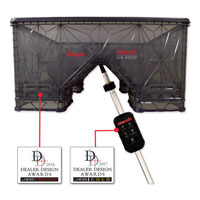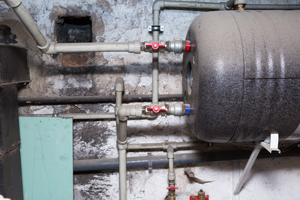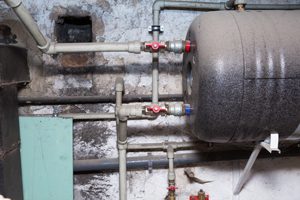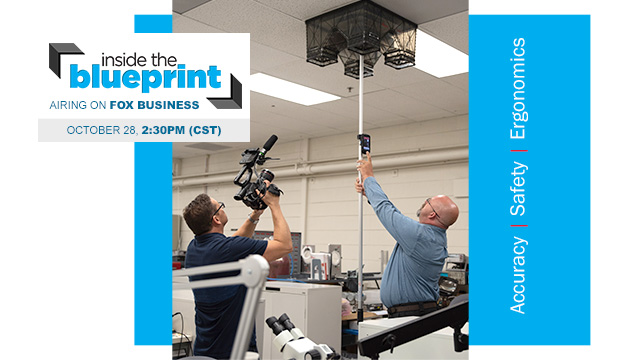 Many people think that we get cold and flu viruses more often in the winter due to the cold temperatures outside; however, this can actually be attributed to the fact that we are inside more, thus being exposed to higher concentrations of pollutants. Poor indoor air quality can cause what has come to be known as sick building syndrome.
Many people think that we get cold and flu viruses more often in the winter due to the cold temperatures outside; however, this can actually be attributed to the fact that we are inside more, thus being exposed to higher concentrations of pollutants. Poor indoor air quality can cause what has come to be known as sick building syndrome.
Continue reading “What is Sick Building Syndrome and How Can You Prevent It?”





 I often get asked, how should one simplify the hydronic balancing process? Since system blueprints will specify exactly where to set the balancing valves on the hydronic system to achieve proportional flow, it may seem simple enough for an installing contractor to determine the pressure drop through each circuit; however, hydronic systems are rarely installed exactly as designed.
I often get asked, how should one simplify the hydronic balancing process? Since system blueprints will specify exactly where to set the balancing valves on the hydronic system to achieve proportional flow, it may seem simple enough for an installing contractor to determine the pressure drop through each circuit; however, hydronic systems are rarely installed exactly as designed. 